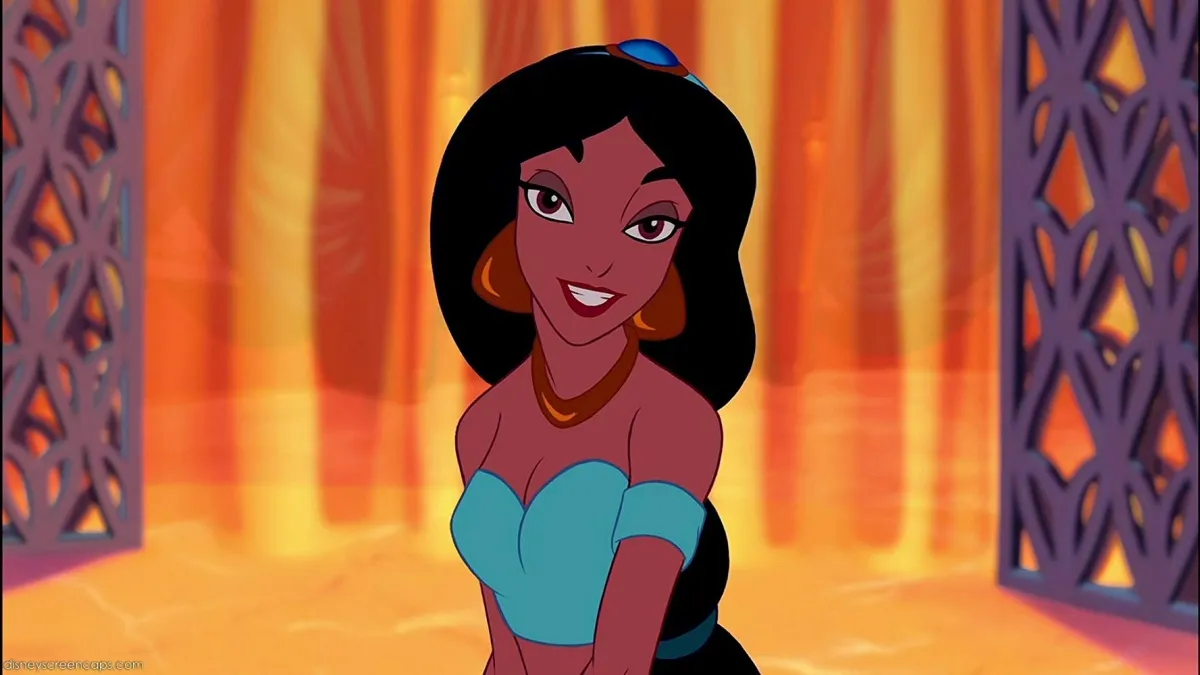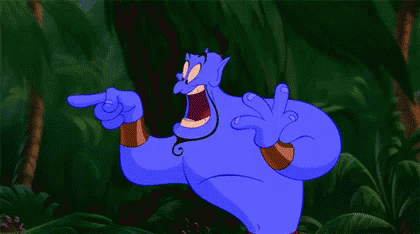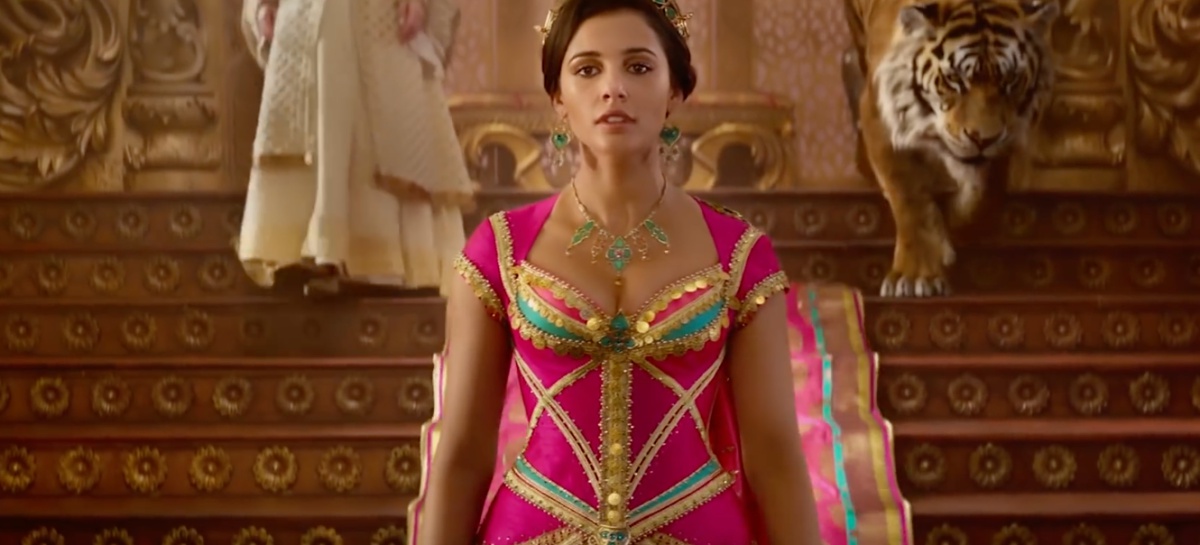Princess Jasmine Is 15 Years Old and That Is Bananas


Disney feminist hot takes are complicated. While there are definitely reasons to dissect and analyze, sometimes we need to take a moment to realize that, as much as Disney movies want to cash in on the “girl power” trends of the time, they are in the business of making as much money as possible.
That’s why we’re currently suffering from these weird live-action reboots that have given us whatever this Shark Tale-era Will Smith Genie is that we have in the new Aladdin trailer. This has forced me to rewatch the original 1994 film and be reminded of something very weird: Princess Jasmine is only fifteen.

(image: Disney)
Ages for the Disney Princesses are very … let’s just say “misleading.” When you’re a kid, everyone looks like grownups. A teenager and an adult aren’t that different in your frame of reference. Unless it were explicitly stated, why would you look at Princess Jasmine and think she’s a teenager?
Ariel at least got to say she was sixteen years old (and certainly not a child anymore, daddy Triton!) to clarify to all the horny adult males that she was, in fact, meant to be a kid. It wasn’t until I was much older that I realized that whole scene dressing her meant Ariel was on that beach naked and Eric thankfully didn’t appear earlier. However, even Ariel, with her long flowing red hair and midriff, gets covered up for most of the movie, and her nudity is treated as childish innocence.
In comparison, Jasmine is very sexualized in the film. There are two scenes of her being “seductive”—one to troll Aladdin for being a f*ckboy in disguise and one trying to distract Jafar with her body.
Jafar’s age isn’t very clear, but he is clearly a middle-aged man, and the scene—definitely a queer awakening for me (and many, I’m sure) as a kid and teenager—also shows the weird way in which male animators sexualize teenage girls. Jasmine is, for all intents and purposes, a child. The outfit she is wearing, the way her body is animated, and the situation she is in (forced to marry by her next birthday—sweet sixteen) is very adult for a children’s movie.
This isn’t to destroy your childhood with feminist discourse, or to say that it takes away from the things that make Jasmine great: she is kind, brave, and the Aladdin television show further allows her to be a hero in her own right. What we are addressing is the way that the movie decides that her sexuality has to be a part of her character. When I think about Disney animated characters, the ones who stand out as being heavily overly sexualized are Kida (Atlantis), Jasmine, and Esmeralda (Hunchback).
Body dysmorphia starts somewhere, and while I’m not laying it on Disney’s doorstep entirely, they play into norms with the body types they (overall) promote and the way they sexualize them, especially when it comes to non-white Princesses tending to get more sexualized than others.
I love Jasmine; she’s in my top five Disney Princesses, but when we think about her space outside of the film as the first non-white Disney Princess, a Muslim woman, and a teenager who plays a largely supporting roll in the film, it is important to think critically of what can be done to improve the character if we are going to get new incarnations. I personally loved that, when she appeared in Ralph Breaks the Internet, she was browner, and her non-white features were more highlighted than usual.
My eyebrow twitches every time I see the corset outfits from the live-action movie. That is not an improvement. It just looks kind of tacky.

(image: Disney)
I can live with older Disney movies being encased in amber as texts of its time, used in academic discourse and social/pop culture discussion, but if they are going to keep dragging out reboots, then it’s fair game to keep tearing at them to see if they actually understand the thoughtful criticisms, or just pull a Beauty and the Beast and change things that are on the trivia section of its TVTropes page.
Just make Jasmine an adult.
(image: Disney)
Want more stories like this? Become a subscriber and support the site!
—The Mary Sue has a strict comment policy that forbids, but is not limited to, personal insults toward anyone, hate speech, and trolling.—
Have a tip we should know? [email protected]
